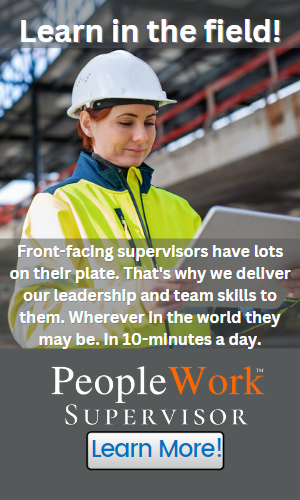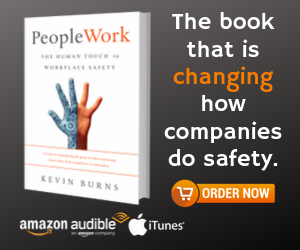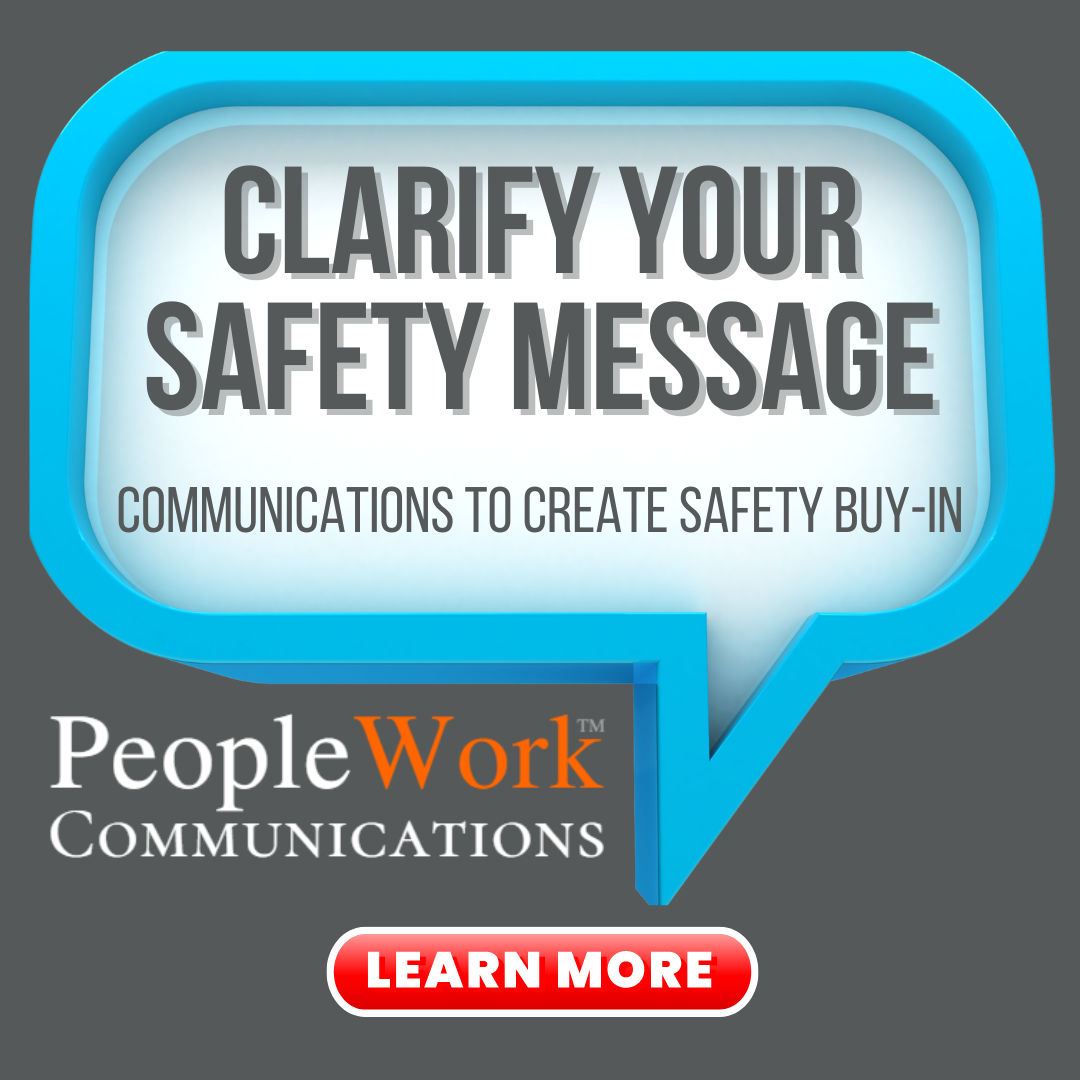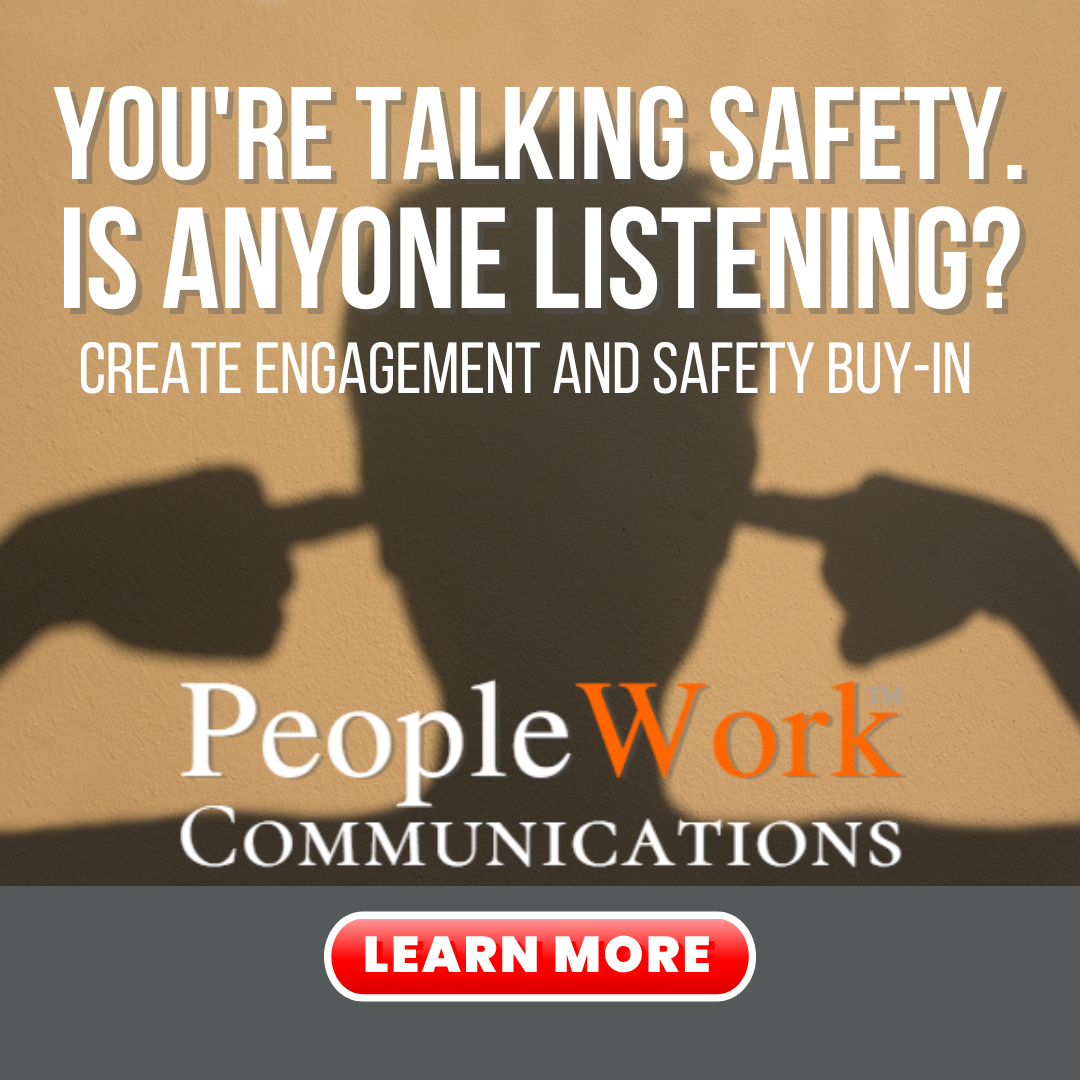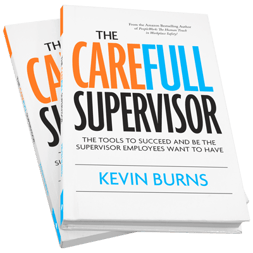There’s a difference between safety compliance and safety commitment. And the difference is clarity.

When have you ever fully committed to something that was not entirely clear to you? Likely never. Oh sure, you may go along with something because your friends or co-workers are going but that is no commitment.
To commit to a plan, a program, or an idea, you need to have all the facts. You need to understand not just what and how, but you need clarity on why. And once the why has been explained, it makes the what and how more relevant. Once you have all the information, you are more likely to commit.
Think about your last major purchase or project. Perhaps it was a home renovation. Without seeing the plan, the materials list, the costs, the timeframe, and the disruption to your life, no one is going to be knocking down any walls - not before all the questions are answered and there is clarity on the plan.
Compliance
Can you get safety compliance without getting commitment? Absolutely, yes. In fact, it’s what you will find in most workplaces. When you measure yourself against only the bare minimum of the safety code, you are only seeking compliance from your people.
Compliance is easy to achieve. All it takes is brute-force enforcement of rules. Sadly, that makes for a lousy place to work. And it will cause turnover which creates more enforcement work with the new hires and higher levels of turnover. Once in that cycle, it is difficult to break out.
Compliance is a short-term fix, not a long-term vision for your safety program. You want a commitment to the plan and the program more than just blind adherence. You want your people to own their participation in safety, not just to give minimum attention to safety – enough to not get fired.
Commitment
Yianni and Nikos are cousins and co-owners of a small Greek restaurant in rural Alberta. The restaurant experience they provide is an example of how to build commitment.
Any restaurant can fill their seats at any time. All it takes is a little noise and attention: a celebration, a sale, coupons, etc. People will show up – one time. But that’s not what smart restauranteurs want.
Smart restauranteurs want to make the experience so enjoyable that you want to return again and again, each time bringing someone new. The dining experience and execution are what differentiates getting $17 for a burger instead of three dollars.
When people want to voluntarily return, again and again, they have committed themselves to the experience.
Safety is like that. Getting compliance is easy – just brute-force enforce the rules. But compliance does not mean commitment.
To get a commitment, your team members need to be clear on what they are going to get for their commitment. They need to know the plan, the details, the people involved, and the benefit to themselves for committing to it.
Clarity in the safety message.
There is a reason that “clarify your safety message” is Step 1 of the 3-Step Plan for Safety Buy-in. People buy-in to things that make their lives better in some way. We don’t buy things that don’t bring a benefit to us. And we certainly don’t buy from people we don’t trust.
Your people need clarity before they will commit to getting behind the safety program. Clarity doesn’t come from big decks of PowerPoint slides full of numbers, charts, and graphs. People don’t commit to safety because someone is reading every word of 17 lines of text from a PowerPoint slide with their back to the room.
We get behind people who demonstrate their commitment to a cause or a project.
Rensselaer Polytechnic’s research shows us that we will allow a minority of those with strong, clear convictions to create a majority opinion within their organizations. Malcolm Gladwell called this The Tipping Point.
But we do not do any of this without clarity.
Clarity is a prerequisite of commitment.
Donald Miller, author of Business Made Simple said, “clarity is a prerequisite of commitment.”
If you want the commitment of your people in safety, you will need to provide them with clarity. The more succinct the idea, the easier it is to commit to.
We created the RYT Program to help companies get the commitment of their people by first clarifying their safety message. Once your people have clarity on what you are asking them to commit to, you are better positioned to get that commitment. But if they’re not clear, commitment doesn’t happen.

